〰️
First Mini-Cruise Is May 17th & 18th, Greenport
〰️
Click Here For Upcoming Event Information
〰️ First Mini-Cruise Is May 17th & 18th, Greenport 〰️ Click Here For Upcoming Event Information
The 2024 season for NENTOA’s Mini-Cruises kicks off on May 17, 18 at Mitchell Park Marina in GREENPORT, NY. Greenport is a great town providing lots of restaurants, ice cream parlors, and walking.
•. Reservations early for dockage DOCKWA
• Jacks Marine – open 3/1 for moorings. Alternate for those that want a morning.
The Milford Harbor Marina is located in the beautiful Milford Harbor, which is in walking distance to the town, shops and restaurants. The publicly owned transient marina is located at the north end of Milford Harbor on the west side of the channel. This facility provides dockage for 35 transient vessels and for 5 local commercial fishing vessels. (Note: Please click on the image for full details.)
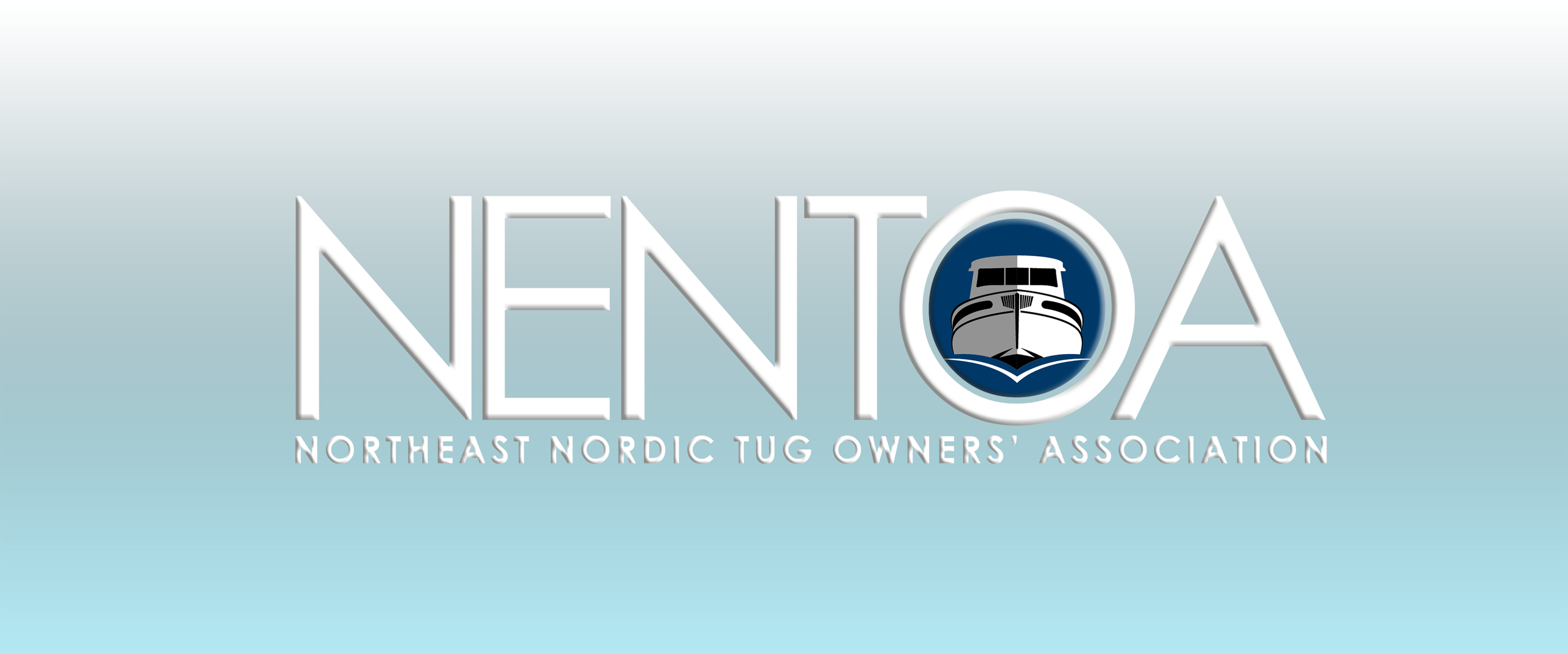
NENTOA - An Association That...


Brings you cruises - Hell's Gate To Liberty Landing To Hudson River

A Raft-Up At A Rendezvous Finale
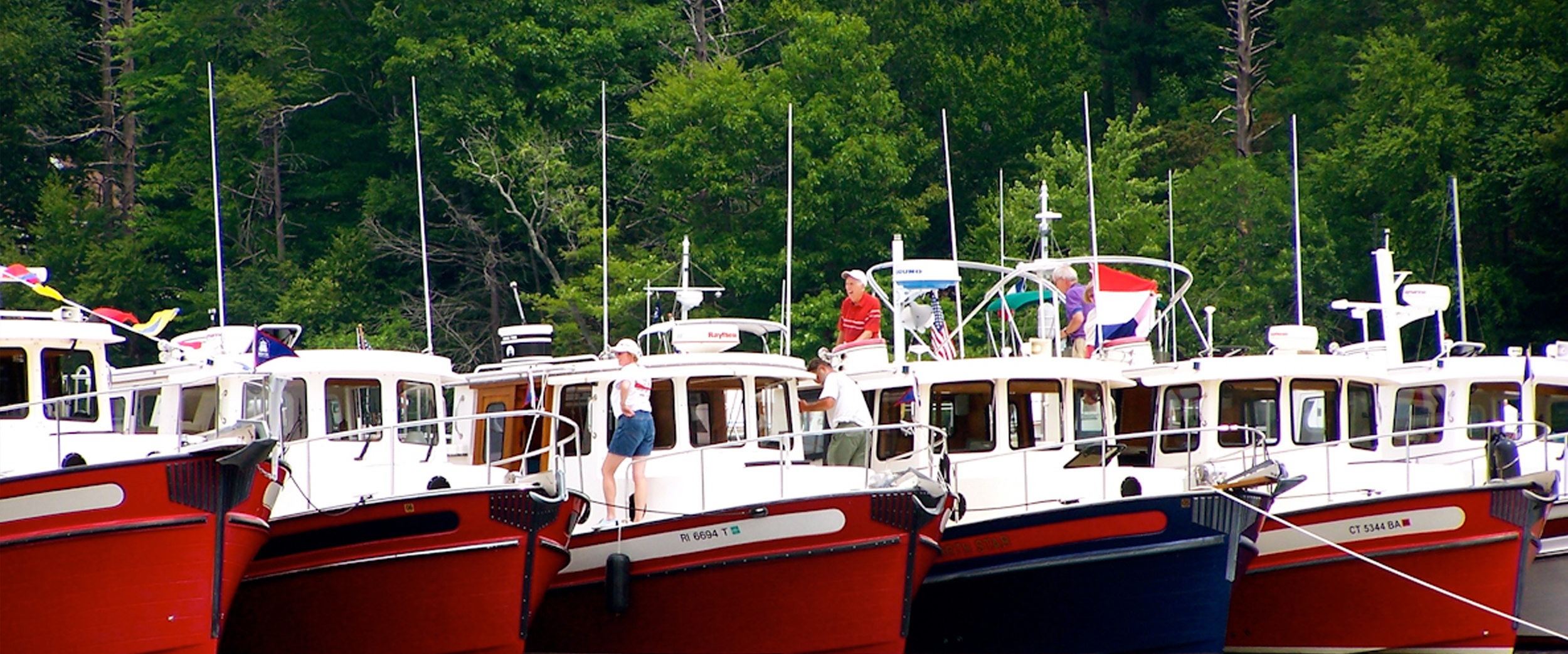
A Raft-Up At A Rendezvous Finale

Nordic Owners Enjoying Kayaking In Hamburg Cove
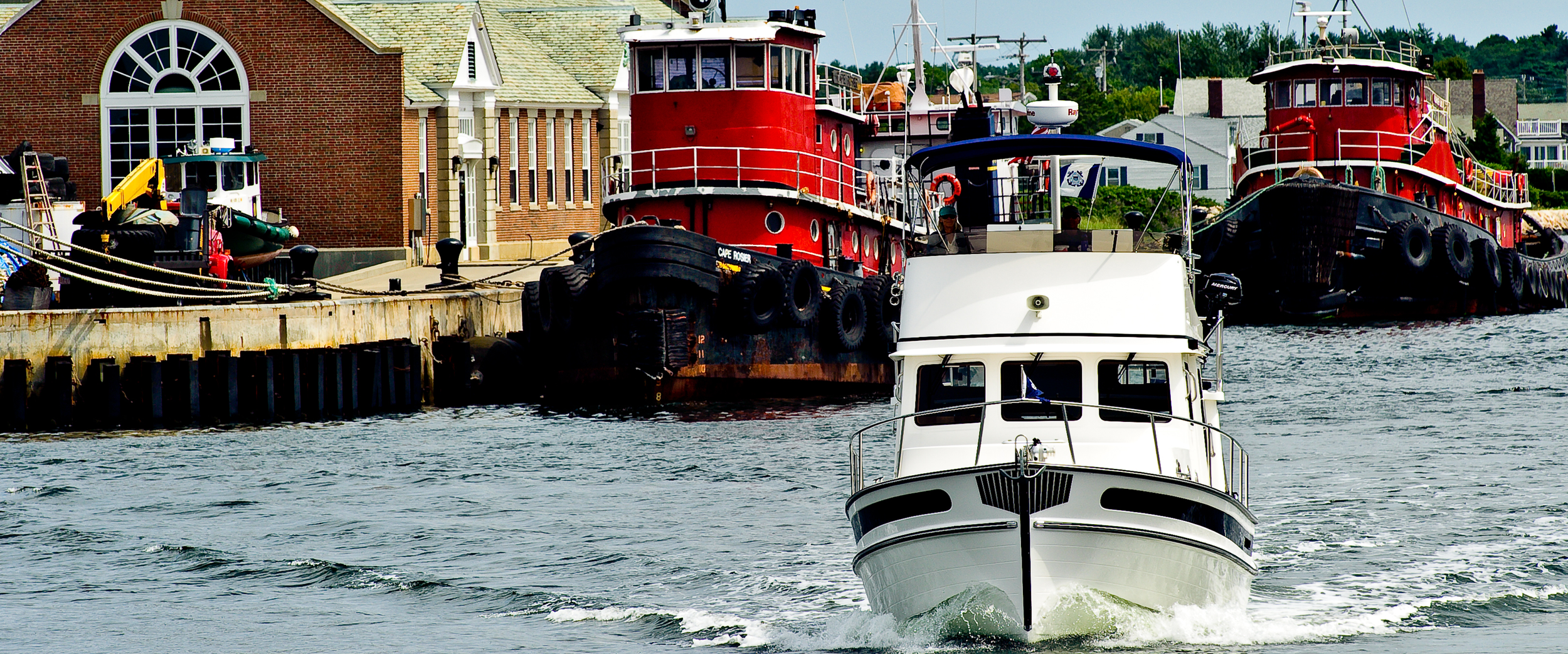
For Our MA Contingency - Through The Canal

Wickford Get Together
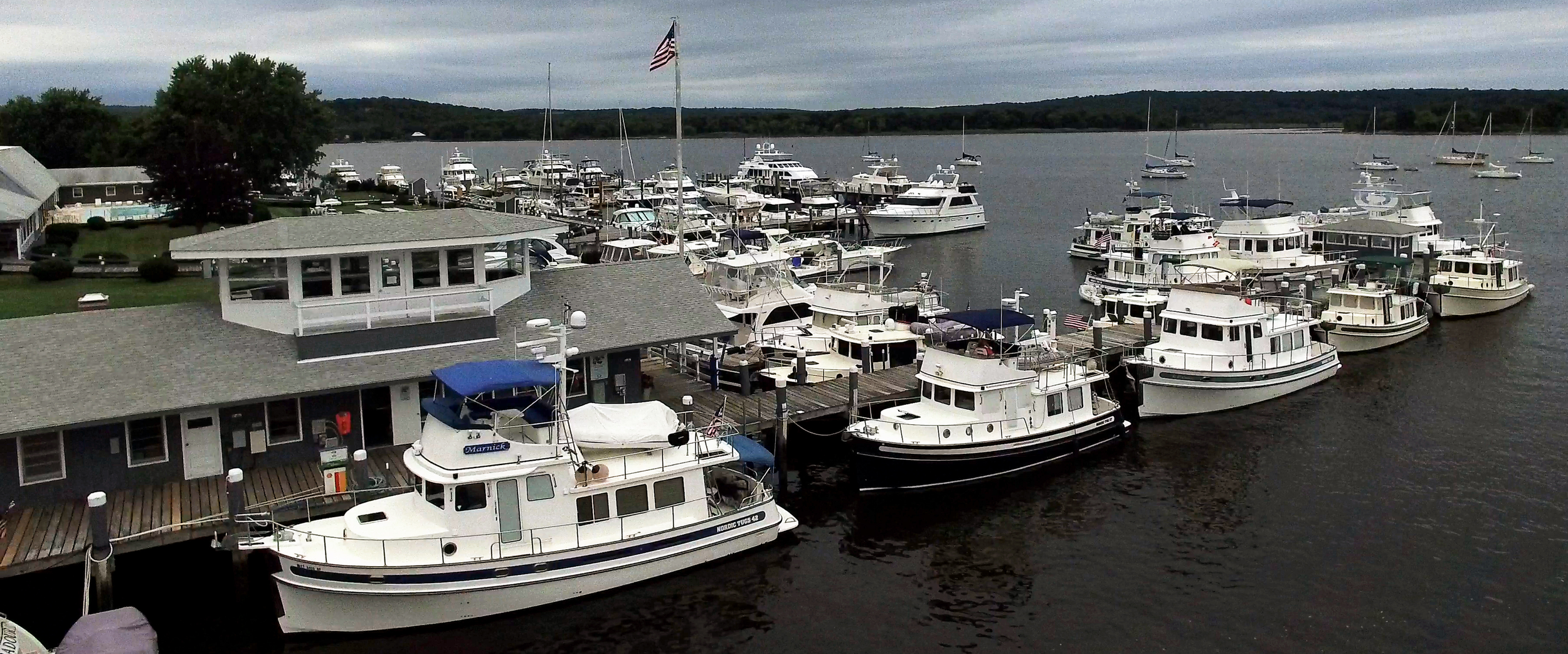
Essex CT Get Together

2023 March 25th Annual Spring Luncheon/Workshop
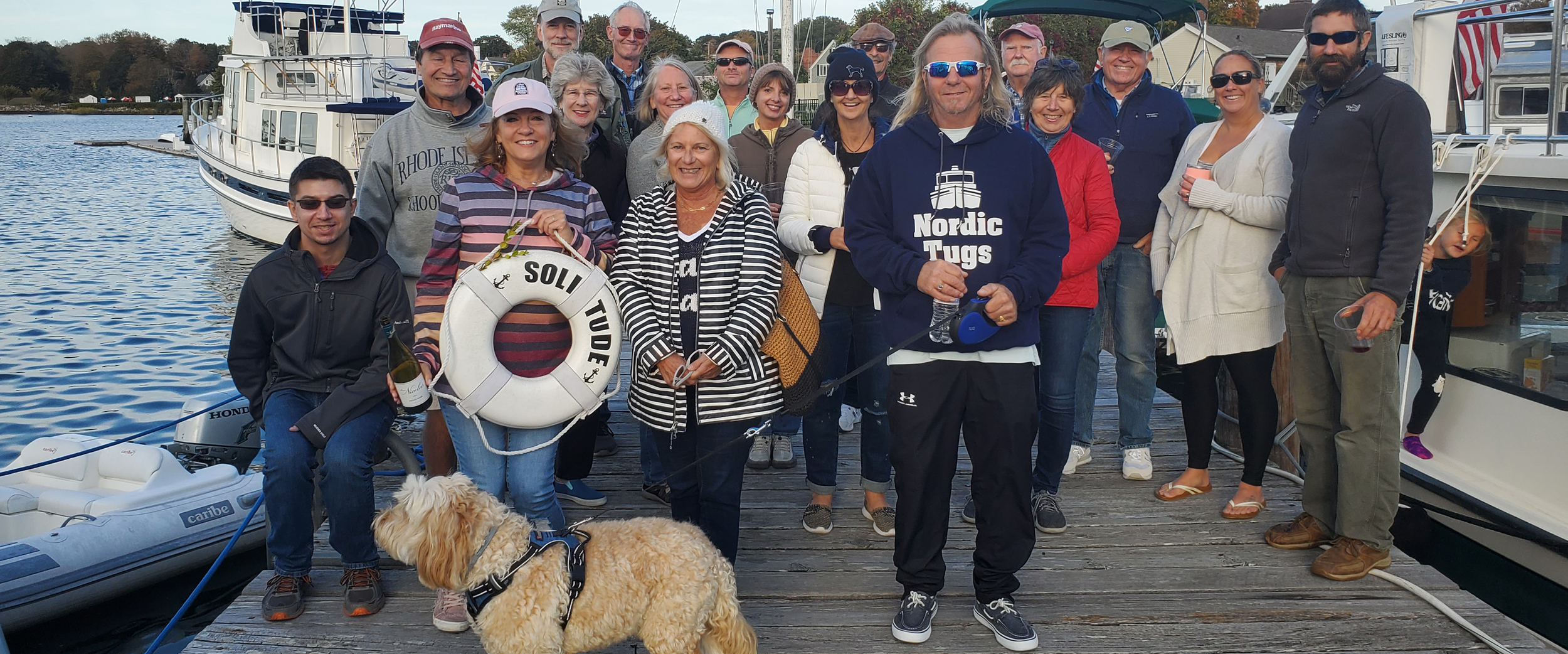
10+ Boat Mini-Cruise To Mystic

Mystic Mini-cruise - social time

Newly Elected Officers - 2022
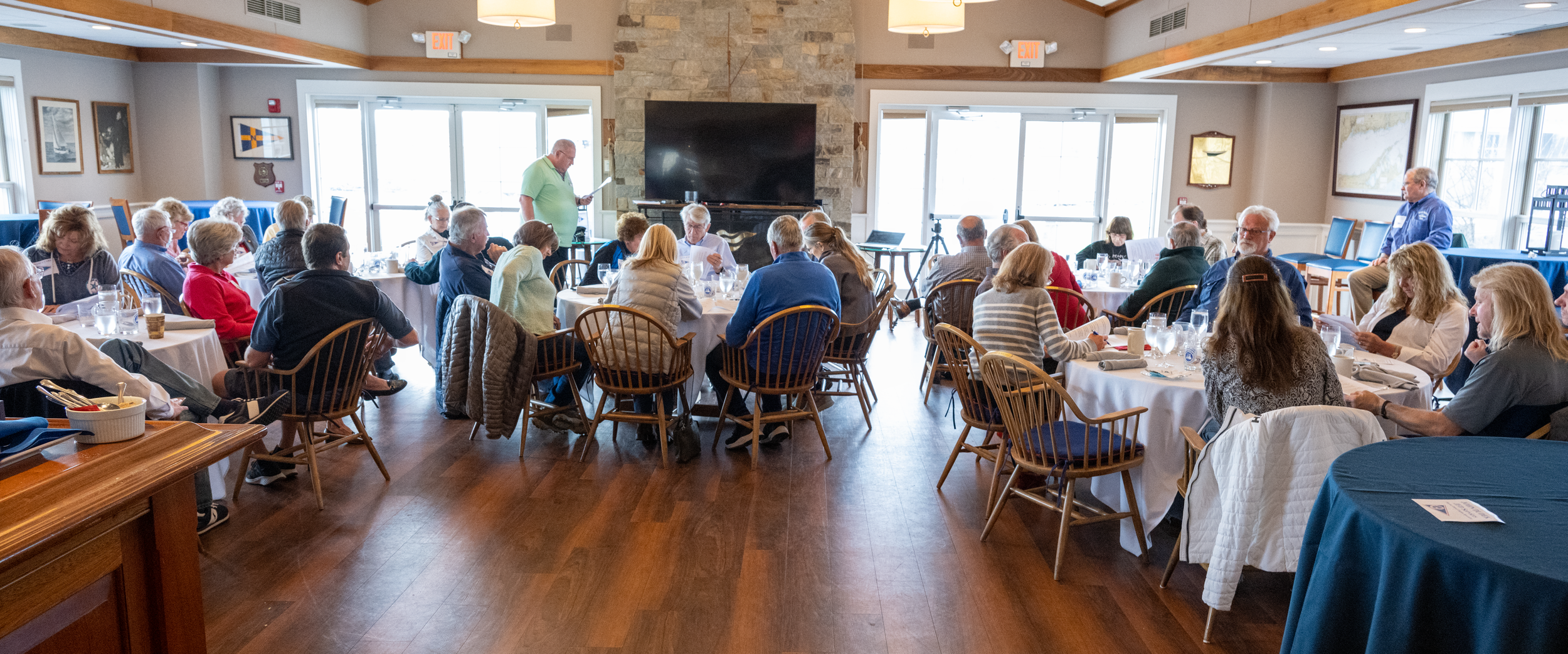
2022 Annual Spring Workshop & Business Meeting

An Update About NENTOA's Upcoming Summer Cruise

From A Summer Cruise Heading Up The Hudsen

Raymarine Workshop

Workshop On Using Fire Extinguishers

Hands On Opportunities

Boat To Boat Visiting On A Get Together

Raft Ups

A Collage From An Annual Rendezvous

A Presentation From The Nordic Factory

























